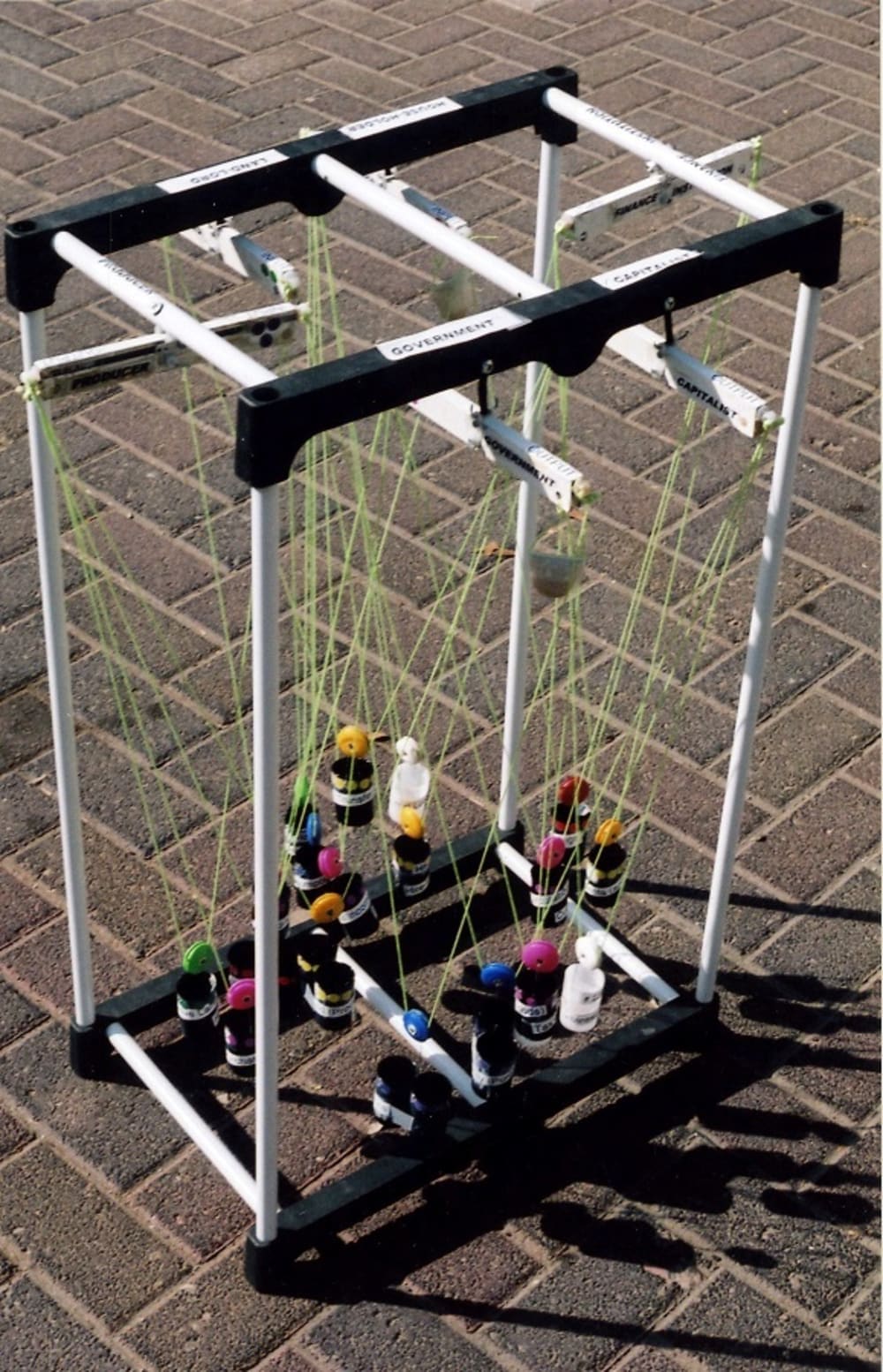In order for the various participants in our working society to properly understand where they fit in and to appreciate how they can operate in the most effective manner, it is necessary for their education that the can understand HOW OUR SOCIAL SYSTEM WORKS.
The fact is that we have a system which has been very poorly understood in the past, and the various macroeconomics theories and simulations of it have failed to achieve the desired results in terms of overall success by all parties (or as many of them as possible). Indeed, we do have such a system!
This proposal relates to good government and to the successful participation in the production process or in the investment routines, carried out by the various parties to rhe whole system. Only when the place and relationship of the various parts to all of the others is properly defined, can one seriously go about understanding how it works and what policy is best.
The system is expressed by a block and flow diagram (familiar to engineers) where 6 hypothetical entities have control of all of the possible activities within the entire system of a country. These entities behave as if they were averaged functioning sources and that each has special and particular means of its limited and carefully defined functions. This idea arrises from the realization that in fact for all the various parts of our society, there are actually only a small finite number of things that any one part of it can do in a macroeconomics sense.
The diagram illustrates how the flow of money mutually opposes the flows of goods, services, valuable documents, etc. It allows the person being explained to, a chance to absorb the "Big Picture" in a glance and to get a better understanding as to what it comprises and of how it works, compared to what previously diagrammed macroeconomics models provide.
This model is unique in that it is the first to include the 3 factors of production land, labour and capital (and their returns: earnings, gound-rent and interest or dividends, as defined by Adam Smith in 1776! (No wonder our present govermnments are so badly organized in regard to what to do to achieve more prosperity!) An analogical mechanical model of this is available for teaching purposes.
Like this entry?
-
About the Entrant
- Name:David Harold Chester
- Type of entry:individual
- Patent status:none








